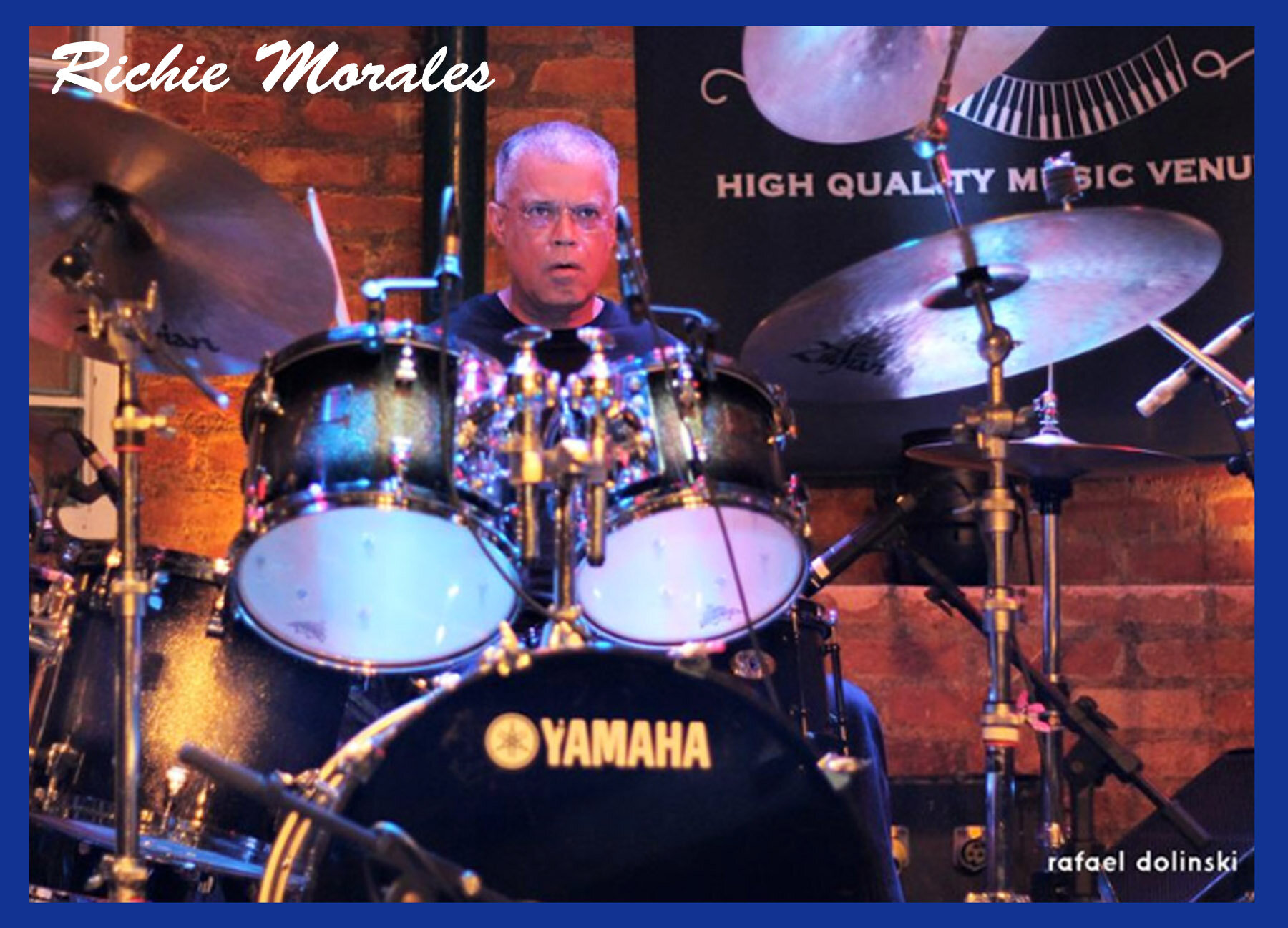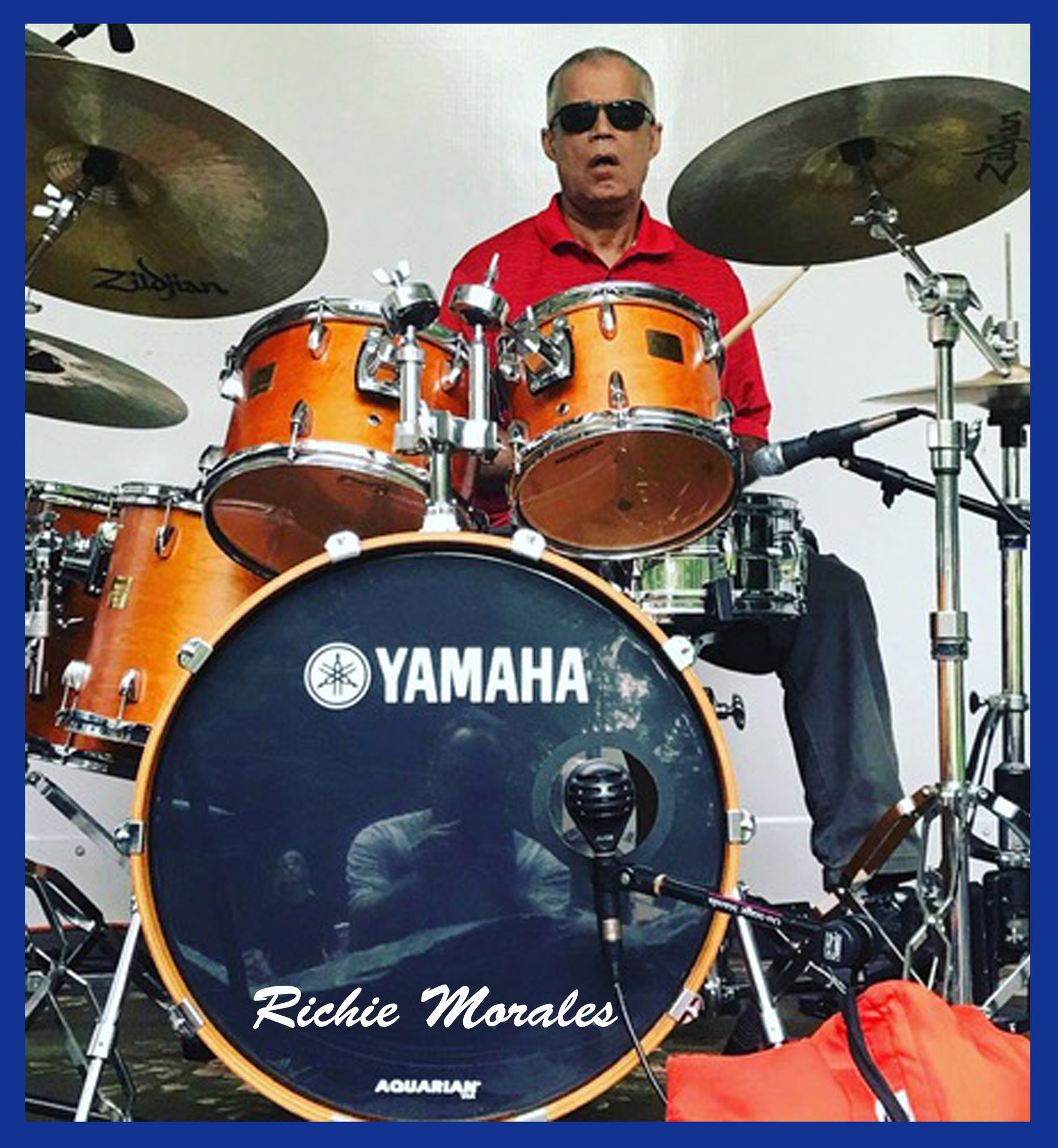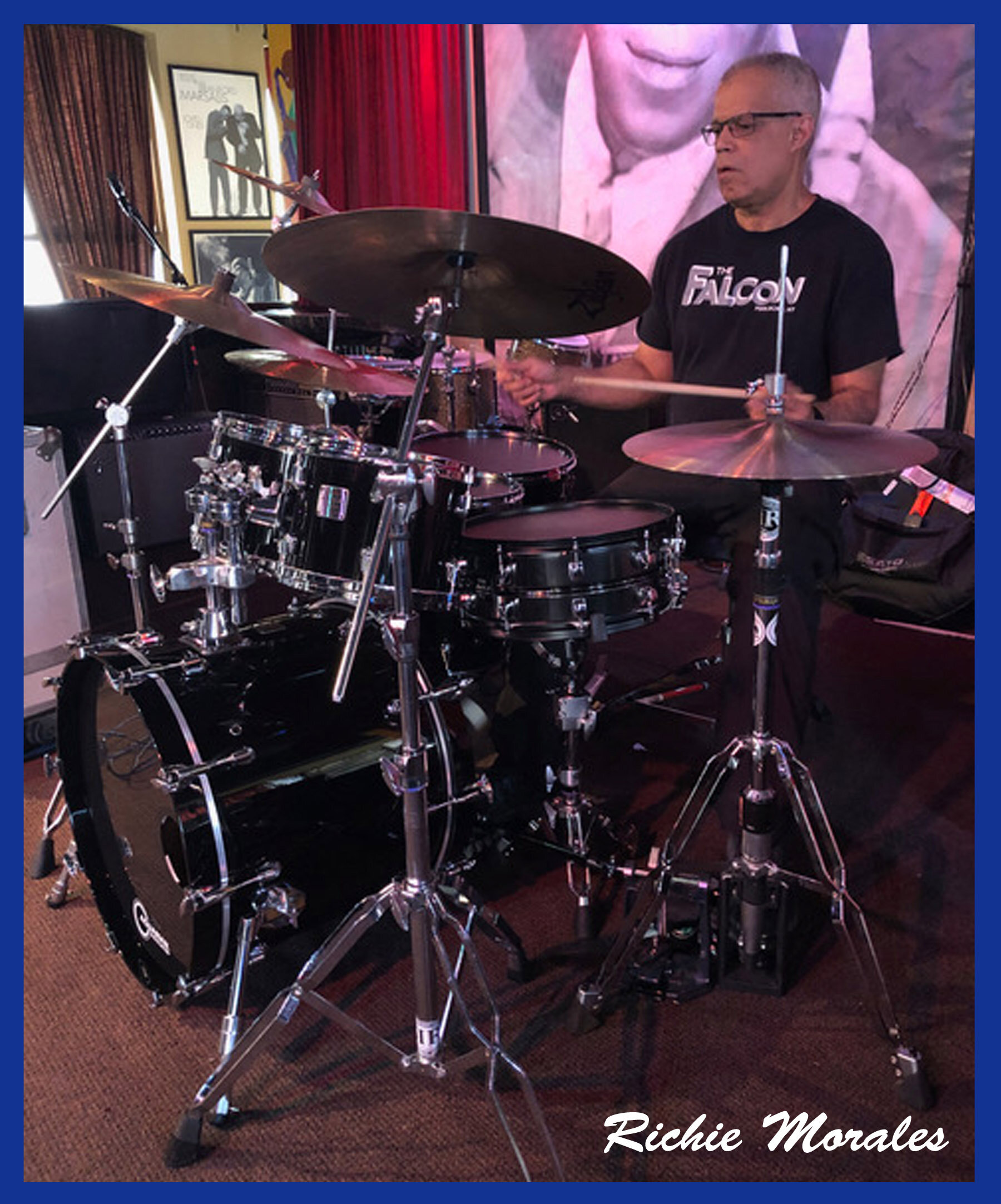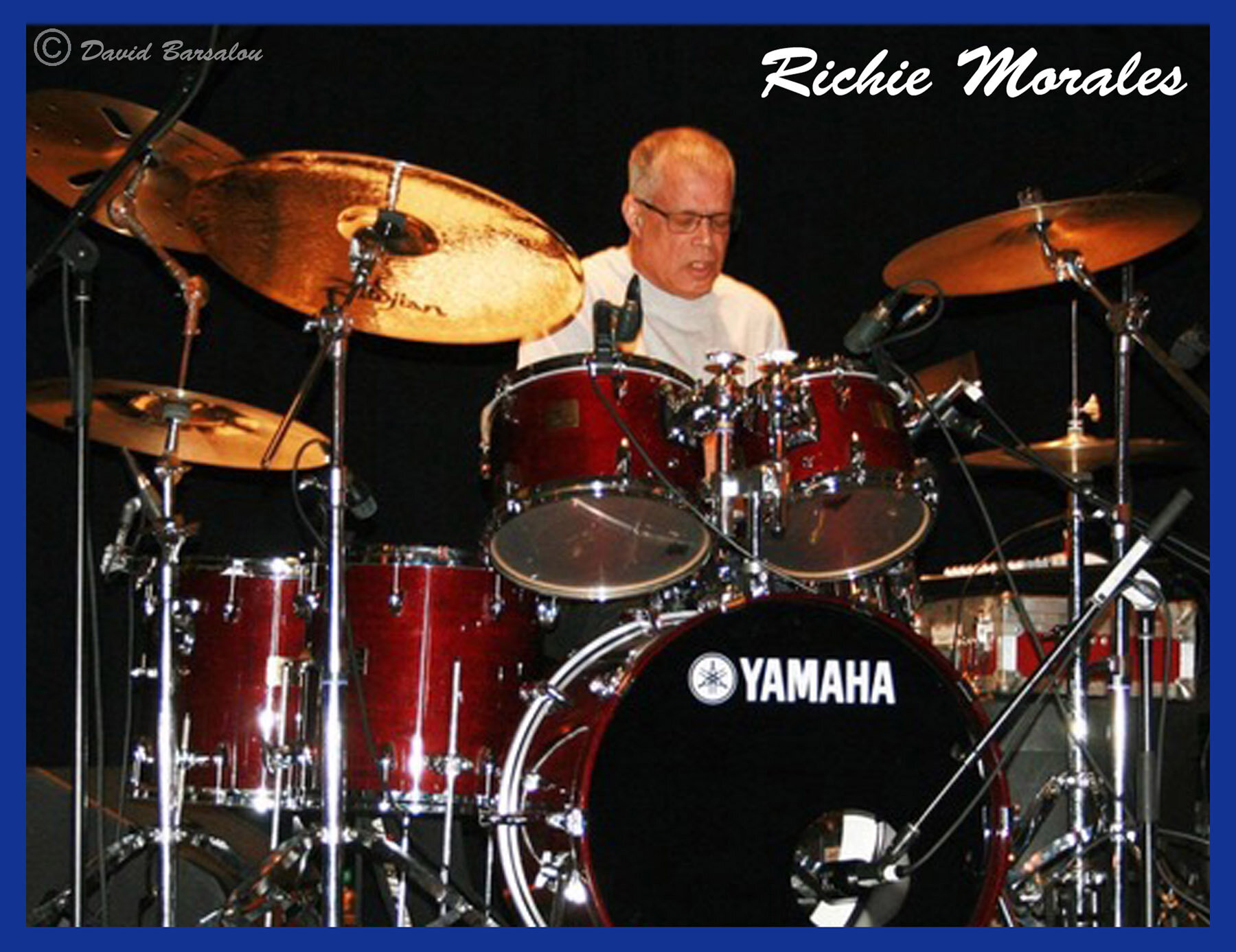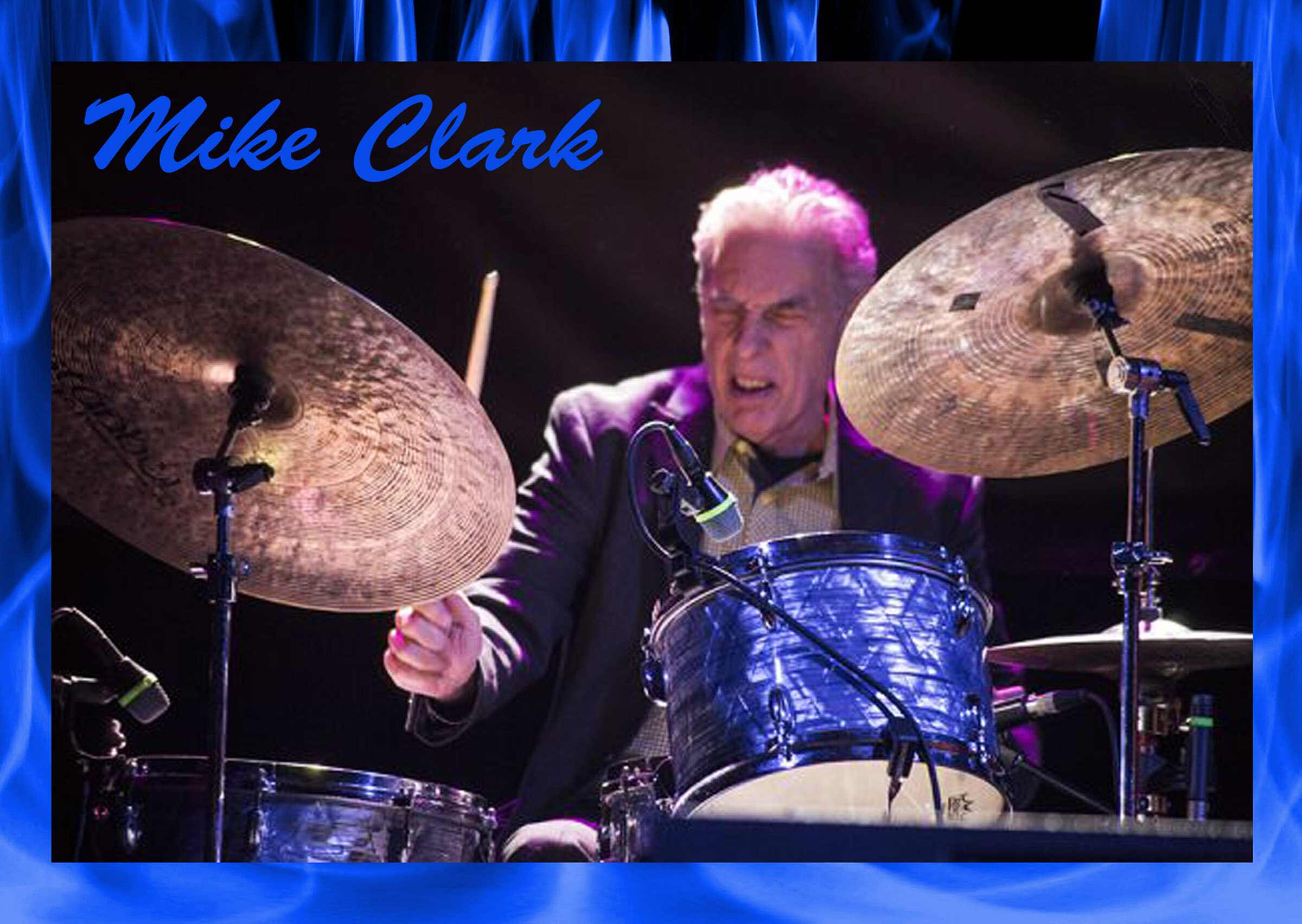…the tricky syncopation and meter change in the seventh bar, the minor blues form and the improvisation of the piece still blow my mind to this day and served to open my young ears to form and melody in Jazz. Tony’s cymbal sound of the period is so organic it doesn’t even sound like stick on metal to me. His orchestration of phrases across the whole set, the use of the bass drum as an extra tom voice, the shift of the primary time keeping to stepped 1/8th notes on the hi hat, splashes of colorful cymbal work, all new to my ears, and everybody else’s too. Like so many other musicians I fell under the influence of Anthony Tillman Williams.
Read more“I first became aware of Tony Williams from my drum teacher John Wadham. He had me listen to Tony playing with Miles Davis. “I want you to listen to this drummer and then tell me what you hear “. After what seemed to be a long while as the record turned – the hiss was silenced by the sound of a furious trumpet, drums, and upright bass. It sounded so raw - like the musicians were right there in the room with me.
Read moreLegendary drummer Mike Clark’s latest CD titled ‘MIKE DROP’ is another powerful example of just how incredible a player he is. Featuring Michael Zilber on saxophones, Matt Clark on piano, with Peter Barshay on bass…It was recorded at Oakland, California’s 25th Street Studio where the sound and clarity is amazing… According to Mike, most of the tunes were first takes - just the way he likes it.
Read moreLater in 2006, I would start drum lessons with legendary drummer Joe Porcaro in Thousand Oaks CA. Joe had many of Tony Williams’s transcriptions, and even had a story about his son Jeff and Tony recording together at Capital Records studio, saying, “Tony hurried in at the last minute, did the session and left soon after to catch a flight.” On Les Dudek’s ‘Zorro Rides Again’ , Tony’s sound is unique and identifiable - K Zildjian cymbals, Gretsch drums in 24" bass drum, 18' 16" 14" floor toms 14" 13" mounted toms, and 14" snare drum with Remo Black dots on all the toms and snare. His new signature sticks had dimensions similar to a 2B.
Read more“Tony Williams was also a big Buddy Rich fan. At the Grammy awards Steve Peck, Buddy’s tour manager said, Tony was beaming at Buddy from behind the stage. Miles Davis also claimed that Buddy was a ‘prince of a drummer’ and that “there isn’t a drummer alive who doesn’t have a Buddy Rich lick in them”.
Read moreAnother new chapter in our ongoing series of conversations, quotes, commentary, and updates with jazz/funk drumming legend Mike Clark… Mike’s keen observations provide numerous insights into ‘All Things Music’. -- Mike always just tells it like it is.
Read moreBy the time the Quintet had taken the stage, most of the crowd had left, not willing to endure the weather. I stood amongst a small group of die hards at the front of the stage. It was a torrential downpour at this point. Herbie Hancock had drops of water dripping from his sleeves and onto the piano. I seem to remember it was during Pinnochio when Tony started dropping bombs on the bass drum that the crackle through the PA became more pronounced with each bomb. Eventually the PA went completely out! The band kept on cooking as though nothing had happened. We were listening to them acoustically.
Read moreAt that time, the Allman Brothers Band was the archetype. We decided to try the double drum sets, which worked out really well. To play double sets requires a lot of intuition and acute listening, as well as a solid assessment of each player’s strengths and weaknesses. I had studied snare drum with a noted classical percussionist, so the double stroke press rolls and the fancy things were mine. Bob had a very organic approach, so I usually had him lay down the floor and I danced around it, but always trying to keep it unified. There is some forethought involved. You have to pre-decide who fills where and when so that you don’t over crowd the aural bandwidth. When done tastefully, having two drummers allows for great shading and dynamics and also looks great on stage.
Read more“One of my friends leans towards a 1950’s type of playing… I’m sort of the 1960’s. We were kind of going back and forth about this. He’s in the Jurassic Period, while I’m in the Cretaceous.”
Read moreOn the day of the clinic I was looking out the front window of Creative watching as a Ford Econoline van pulled into the parking lot… Through the rear windows I could see Tony, his bass player, and a set of Canary Yellow Gretsch drums thrown in the back with No Cases !! OMG, I was star-struck - but it was kind of amusing because Tony’s drums were always bigger than life to me – And there they were just lying in the back of a van.
Read moreot So Modern Drummer continues to celebrate the life and music of legendary drummer Tony Williams in our new ongoing series. Chapter Eight presents the recollections of Adam Nussbaum.
Read morein October of 1996, Zildjian and DW sponsored Tony’s only clinic tour. Tony and I traveled throughout the US for two weeks and it was incredible to watch him from a few feet away every night.
Read moreIt’s been a distinct honor and privilege to write about the recent Drum Channel video series presented by my former teacher, Ed Soph. I studied with Ed for more than four years while he was teaching at The Creative Music Studios in Wethersfield, Connecticut.
Read moreTony then asked me if I wanted to know how he got that cymbal - Of course I said yes, absolutely. He told me that Max Roach had taken him to the Gretsch Factory in Brooklyn to pick out a set of drums and cymbals… That's how he started with K- Zildjians.
Read moreBack at Berklee College of Music in 1973, I had become friends with Steve Smith. Of course, we came to a common denominator – Tony. Steve and I talked about muscle cars. Steve was driving a 1968 Camaro back then. He asked me to meet him in front of the 150 Massachusetts Avenue building around 7:00 pm or so. I got into his car and immediately felt like I was at home - a muscle car, 12 pack of beer, and Tony playing on Steve’s car stereo!
Read moreSeveral years later I had the opportunity to work at the same club as the Tony Williams Lifetime when they were touring and playing the music that was on the “The OLD Bum’s Rush,” recording. He already had the big yellow Gretsch kit by this time with the 24” bass drum and multiple toms. Each night over the course of the week the band gelled better and on the final night it was truly amazing. The entire night was smoking; one tune would have been worth waiting the week to hear, let alone the whole night.
Read more“I was just thinking about all the great jazz artists that didn't get a break -- and are still bringin' it and growing. They are heroes in my book. I was lucky to get a bit of love that has lasted me a lifetime”.
Read moreIn September of 1964, I was admitted to the Berklee School of Music in Boston, Massachusetts where I began my musical studies with some amazing teachers, one being Alan Dawson.
Read more“I went to a Steve Gadd clinic at The Drum Hang the other day and found him to be a very open and nice cat… Not defiled like yours truly - but hey, I'm workin' on it!”
Read moreWhen I was fourteen years old, I played drums on my first recording led by my brother Barry Miles that included Pat Martino, John Abercrombie, Lew Tabackin, Victor Gaskin and Warren Smith. The music Barry had written was different than anything I had heard until that point, so there was no choice but for me to figure out what and how to play something that would be the right fit, in my own voice. Knowing that Tony Williams had done that being so young, it inspired me to try and make that happen for myself.
Read more
